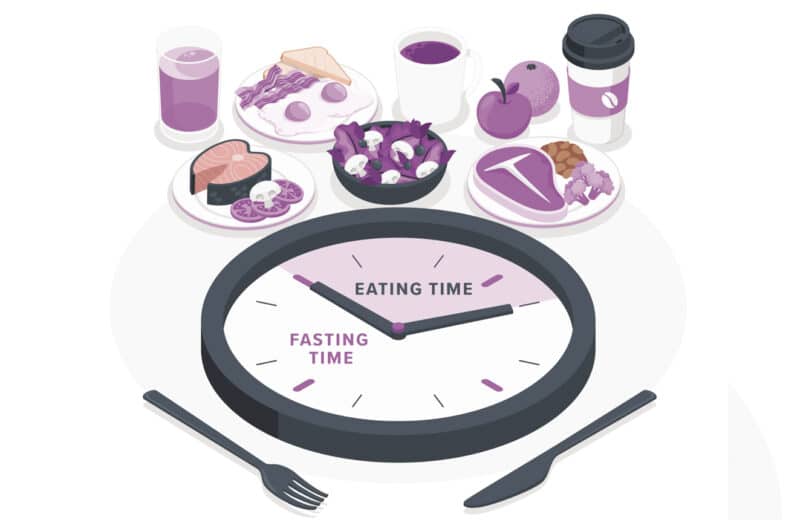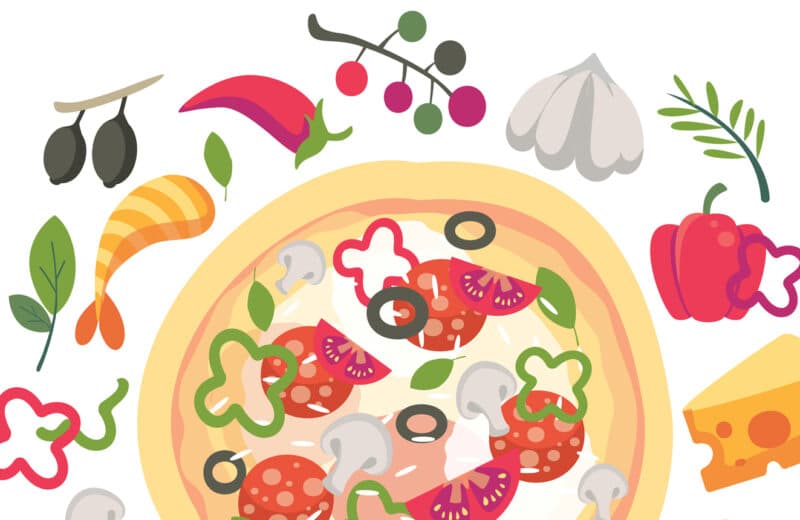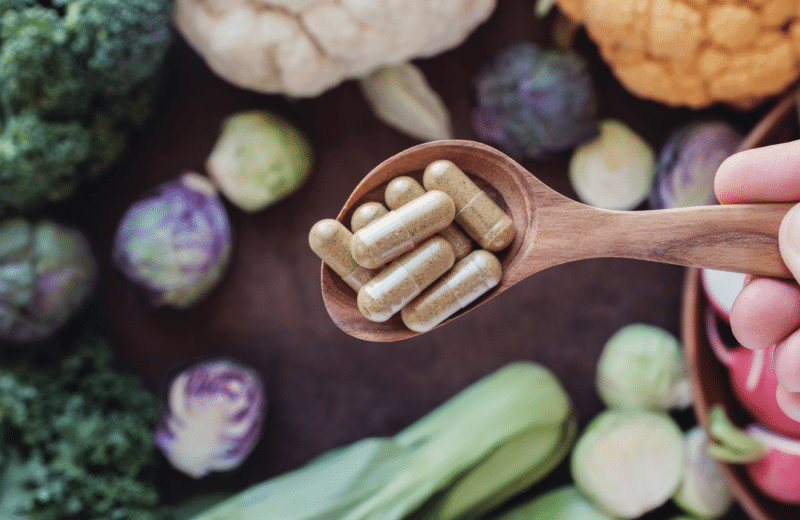By Brierley Wright, M.S., R.D., EatingWell.com
The concern started in 2012 when Consumer Reports published its first report on arsenic in rice. Since then, it’s been making us think twice about too much risotto and sushi rolls.
Arsenic is a natural element in water and soil. (It also comes from environmental contaminants.) And while many foods and drinks contains some arsenic (from apple juice to beer to chicken), the concentration of arsenic tends to be higher in rice because rice absorbs it more readily than other plants do.
“Arsenic is held tight in soil by iron oxide, but in flooded paddy soil [where rice is grown] these iron oxides dissolve, releasing arsenic into the water, making it more available to plants,” says Brian Jackson, Ph.D., associate research professor at Dartmouth College.
Long-term exposure to high levels of arsenic is associated with skin, bladder and lung cancers, as well as heart disease. However, there isn’t any current science that makes an association between eating rice and any of these illnesses. More research is needed, and that’s something the FDA is working on.
In a follow up to its initial report, Consumer Reports tested a large sampling of rice varieties and rice products in 2014. The big takeaway from those tests: Brown rice usually has more arsenic than white, and levels of arsenic vary by geography, with varieties grown in California having less than rice grown in other parts of the U.S.
“The concern is mainly for people, especially young children, eating multiple servings of rice each day,” says Jackson. While the FDA has yet to suggest any limits on how much rice to eat or implement a federal limit for arsenic in rice or rice products (guidelines only exist for drinking water), Consumer Reports offered its own detailed advice. Cap your weekly rice intake at 4 (1/2 cup) servings of white basmati and sushi rice or 2 servings of brown and all other rice. If you eat other rice products regularly (think: rice milk, crackers, pasta), eat even less rice. (For more info, go to ConsumerReports.org.)
The bottom line: Don’t banish rice from your diet, but consider limiting it. Brown rice is a good source of fiber, magnesium and phosphorus, and both white and brown boast healthy doses of manganese and some B vitamins. Just as you should eat a variety of produce, eat a variety of grains, too — for good nutrition and to minimize any potential adverse consequences from eating too much of any one food.
(EatingWell is a magazine and website devoted to healthy eating as a way of life. Online at www.eatingwell.com.)













